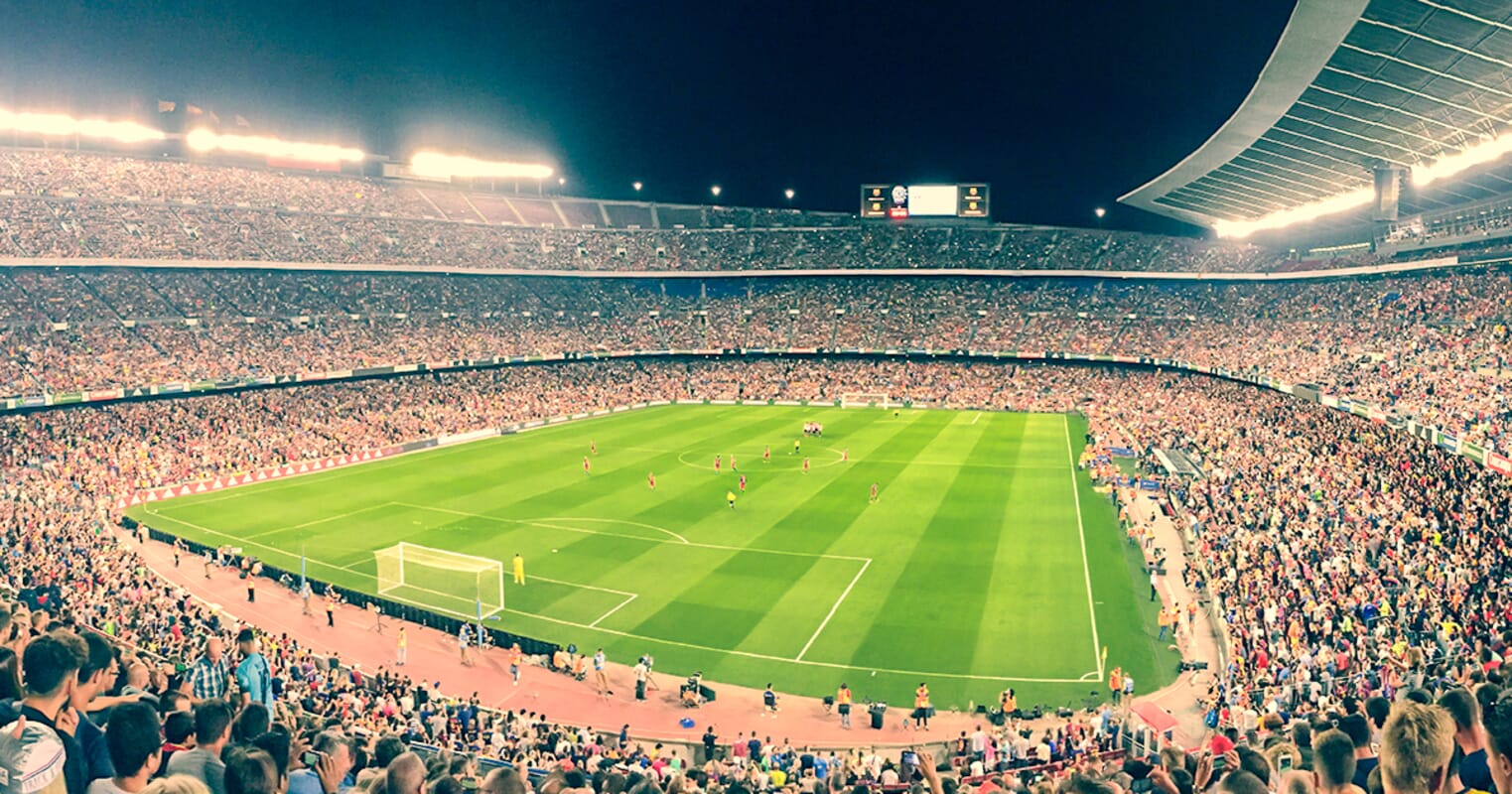Health
What a gut punch.
Experiencing simultaneous fat and sugar cravings is what makes dieting so challenging, researchers from the Monell Chemical Senses Center in Philadelphia reported in a study published Thursday in the journal Cell Metabolism.
Researchers found that the way fat and sugar impact the brain, via distinct pathways from the gut, leads to the subconscious desire to overindulge, SWNS reports.
“It’s like a one-two punch to the brain’s reward system,” lead study author Dr. Guillaume de Lartigue said in a statement.
“Even if the total calories consumed in sugar and fats stays the same, combining fats and sugars leads to significantly more dopamine release and, ultimately, overeating,” he added.
Dopamine is a neurotransmitter made in the brain that’s known as the “feel good” hormone.
Humans are hardwired to seek out behaviors that release dopamine, including overeating, according to the Cleveland Clinic.
Until now, it remained a mystery as to why fat and sugar are such an alluring combo, like in a donut, but these new findings reveal that fat and sugar have their own specific pathways from the vagus nerve, per SWNS.
The vagus nerve, which extends from the brainstem to the abdomen, is responsible for functions such as digestion, according to the Cleveland Clinic.
“Food is nature’s ultimate reinforcer, but why fats and sugars are particularly appealing has been a puzzle,” de Lartigue said, adding, “We’ve now identified nerve cells in the gut rather than taste cells in the mouth are a key driver.”
For this study, researchers stimulated the vagal nerves of mice with light and found that this compelled the mice to seek food that would engage those specific circuits.
Sugar and fat are sensed by neurons of the vagus nerve, the study authors determined, which engage parallel, but distinct, reward circuits.
Activating the fat and sugar circuits spurred the mice to overeat. Scientists said this may explain why humans unconsciously seek out high-sugar and high-fat foods in tandem.
“The communication between our gut and brain happens below the level of consciousness,” de Lartigue said. “We may be craving these types of food without even realizing it.”
The researchers hope that their findings will make obesity easier to treat in the future.
“Understanding the wiring diagram of our innate motivation to consume fats and sugars is the first step toward rewiring it,” de Lartigue explained. “This research unlocks exciting possibilities for personalized interventions that could help people make healthier choices, even when faced with tempting treats.”
Load more…
{{/isDisplay}}{{#isAniviewVideo}}
{{/isAniviewVideo}}{{#isSRVideo}}
{{/isSRVideo}}

Rachel Carter is a health and wellness expert dedicated to helping readers lead healthier lives. With a background in nutrition, she offers evidence-based advice on fitness, nutrition, and mental well-being.







